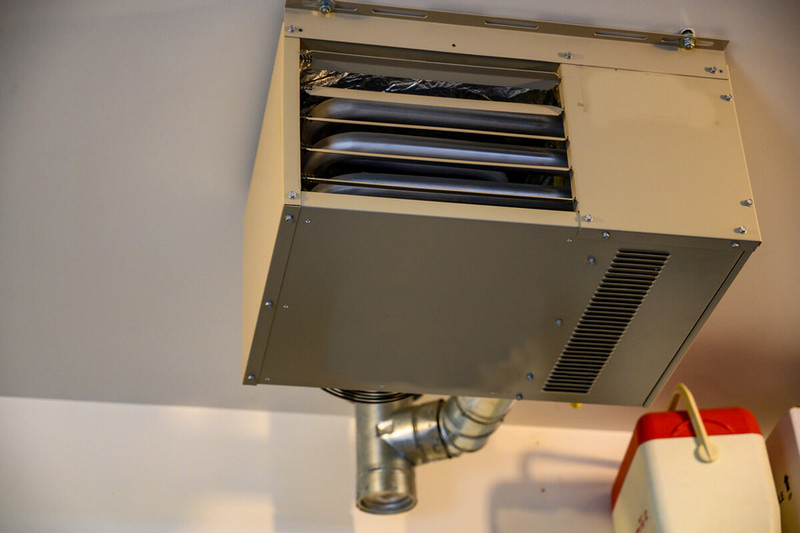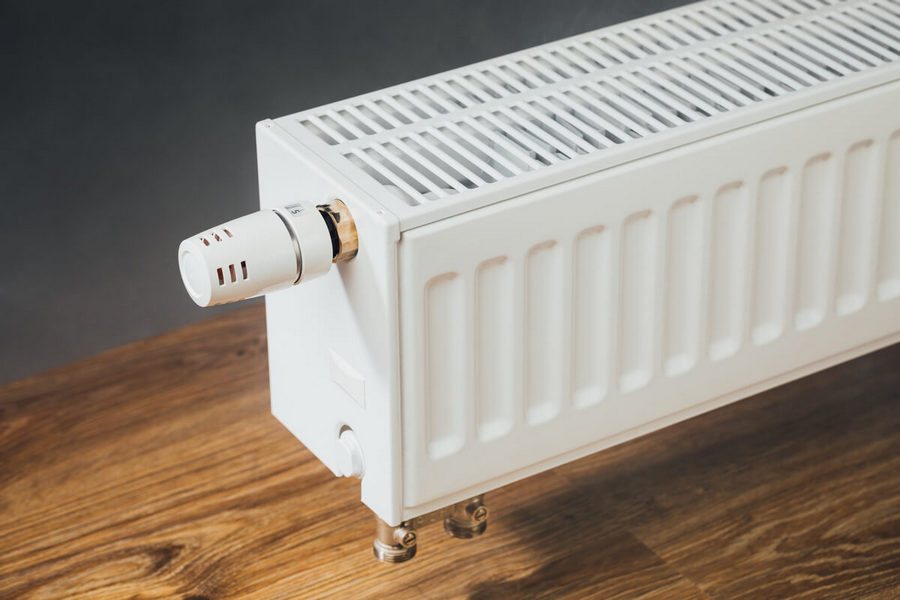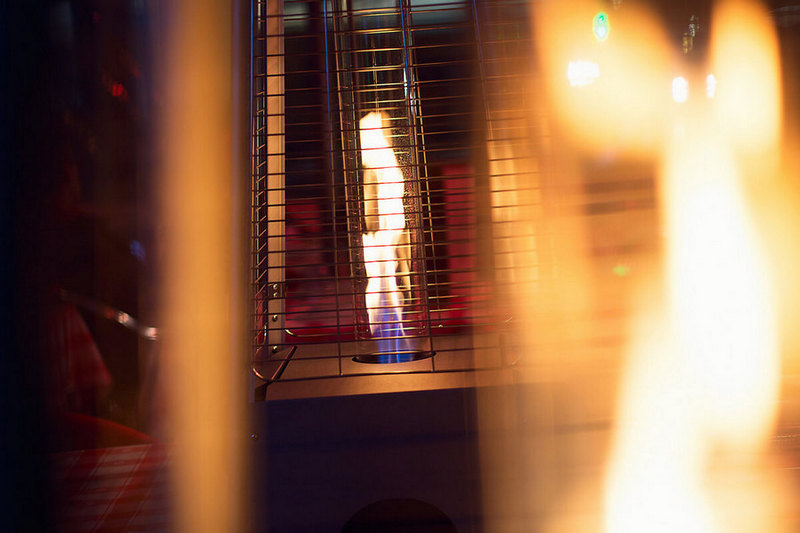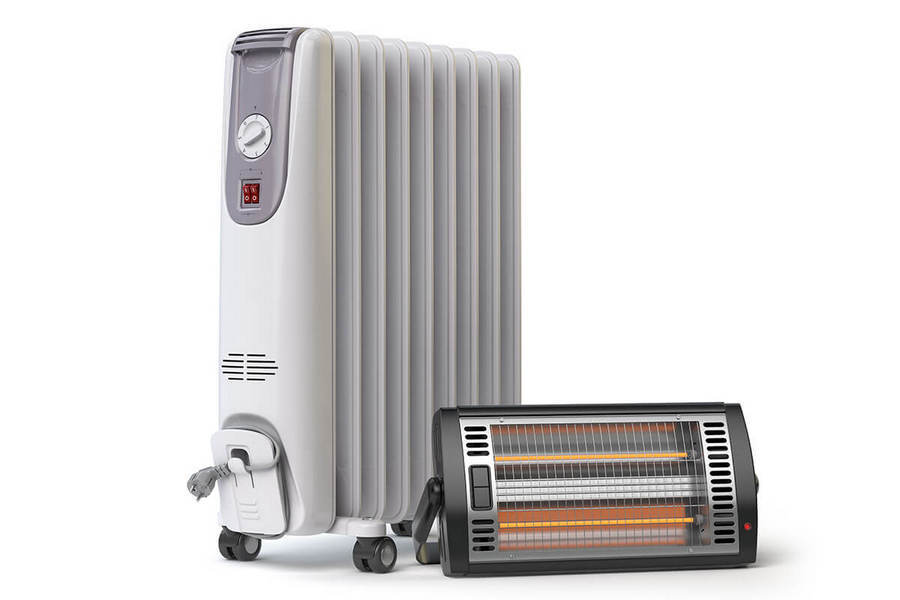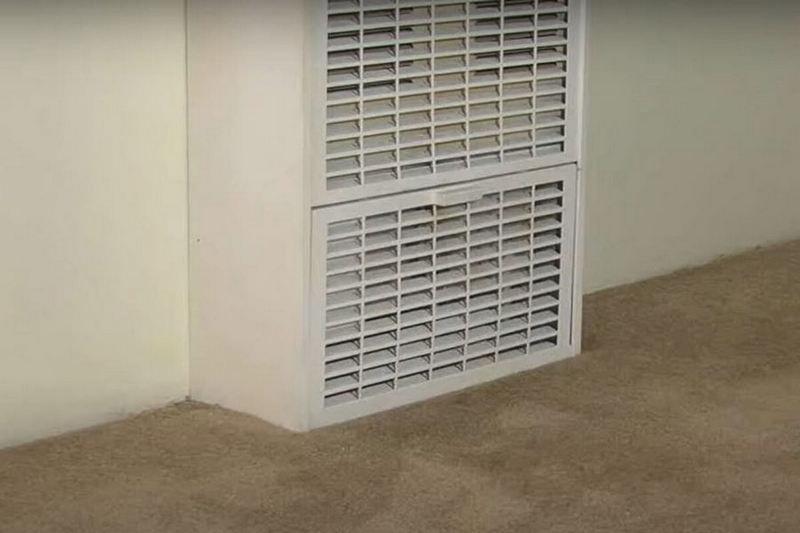The cold season is coming and you’re thinking of several heating options for your garage. Out of all the options, you have considered installing an indoor propane heater. While you can safely use a propane heater in the garage, it does come with a few risks.
So here, we’ll discuss what those risks are, should propane heaters need to be vented, and how much ventilation is needed. You’ll also learn how to vent a propane heater in your garage.
Does a Propane Garage Heater Need to Be Vented?
Generally, a propane heater is safe for use as an inexpensive option for heating a garage. But a propane garage heater needs to be vented for a couple of reasons, the risks of carbon monoxide poisoning and fire.
You can be at risk of carbon monoxide poisoning if you use a propane heater in the garage without proper ventilation. Inadequate ventilation can lead to the build-up of carbon monoxide. Too much exposure to carbon monoxide often results in death.
Excessive carbon monoxide build-up is the result of incomplete combustion. It is the continuous partial burning of fuel without, in this case, oxygen.
If you run a propane heater in a closed garage, the unit will use all the oxygen in the area until it is depleted. What follows is incomplete combustion that eventually fills the garage with carbon monoxide.
Another reason why the propane garage heater needs to be vented is the risk of a fire. Propane is an extremely flammable type of gas.
Moreover, propane is colorless and heavier than air. A leak in the tank can go unnoticed for a while. The danger here is that sparks and flames can easily ignite it to start a fire.
Related: Propane or Kerosene Heater for a Garage
How Much Ventilation Do You Need for a Propane Heater in Your Garage?
Generally, for every 1000 BTUs your propane heater generates, there should be a venting of at least one square inch. This is to ensure that there’s an adequate amount of fresh air for propane heaters to work properly.
Frankly speaking, there’s really no specific amount of oxygen needed for the heater to work. What’s really needed is enough fresh air coming into the heated space, often through the garage door or window.
It will be entirely up to you whether you choose to open either the door or the window. Just make sure either one of them is left open while the heater is running.
Many would argue that the amount of ventilation you need will depend on the size of the garage. Truth be told, it’s hard to track the amount of air coming into the heated space.
And so, stating that ‘all that’s needed is enough fresh air’ would be a very broad answer. A specific answer would be that the more you heat your garage, the more ventilation you’re going to need.
Nevertheless, today’s indoor gas heaters come with amazing features that make them safer to use. Specifically, modern indoor propane heaters have an automatic shutoff mechanism. These devices automatically turn off when there’s too much carbon monoxide in the heated space.
How to Vent a Garage Propane Heater
There are a couple of ways to vent an indoor propane heater in your garage. You can keep a door or window open while the heater is running. Or, you can build a ventilation system yourself.
- Measure the distance between the heater and the specific spot on the exterior wall where you want to put the vent on. Based on the distance you measured, purchase the right length (or the number of pieces) of sheet-metal duct as well as the required fittings.
- Using the 5-inch hole saw, drill a hole through the exterior garage wall.
- Starting at the heater, run the sheet-metal duct toward the hole. Assemble the duct by connecting the pieces together. Insert the crimped end of one piece of the duct into a non-crimped end of the next piece.
- Whenever necessary, use your snips to cut down the duct if it’s too long. Use a crimping tool to create a crimped end. Use sheet-metal elbows when turns are necessary for the duct run. Make sure there is a gap of around 12 inches between the end of the duct and the exterior wall.
- From the outside of the exterior wall insert a 2-foot piece of 4-inch B-vent pipe into the hole. Connect the duct and the B-vent pipe and fasten them using sheet-metal screws.
- Connect the 4-inch B-vent termination cap to the 2-foot, 4-inch B-vent pipe.
- Seal all connections and seams using a high-temperature silicone caulk gun. Also, make sure to caulk where the B-vent pipe penetrates the garage exterior wall.
Conclusion
Indoor propane heaters are affordable devices that can efficiently provide warmth to your garage. With that said, they come with a few safety concerns that you should be aware of.
Again, it is totally safe to run a propane heater in a closed garage. But you want to make sure that your garage is properly ventilated.
Also, you might want to consider installing a carbon monoxide detector in your garage as an additional safety measure.

